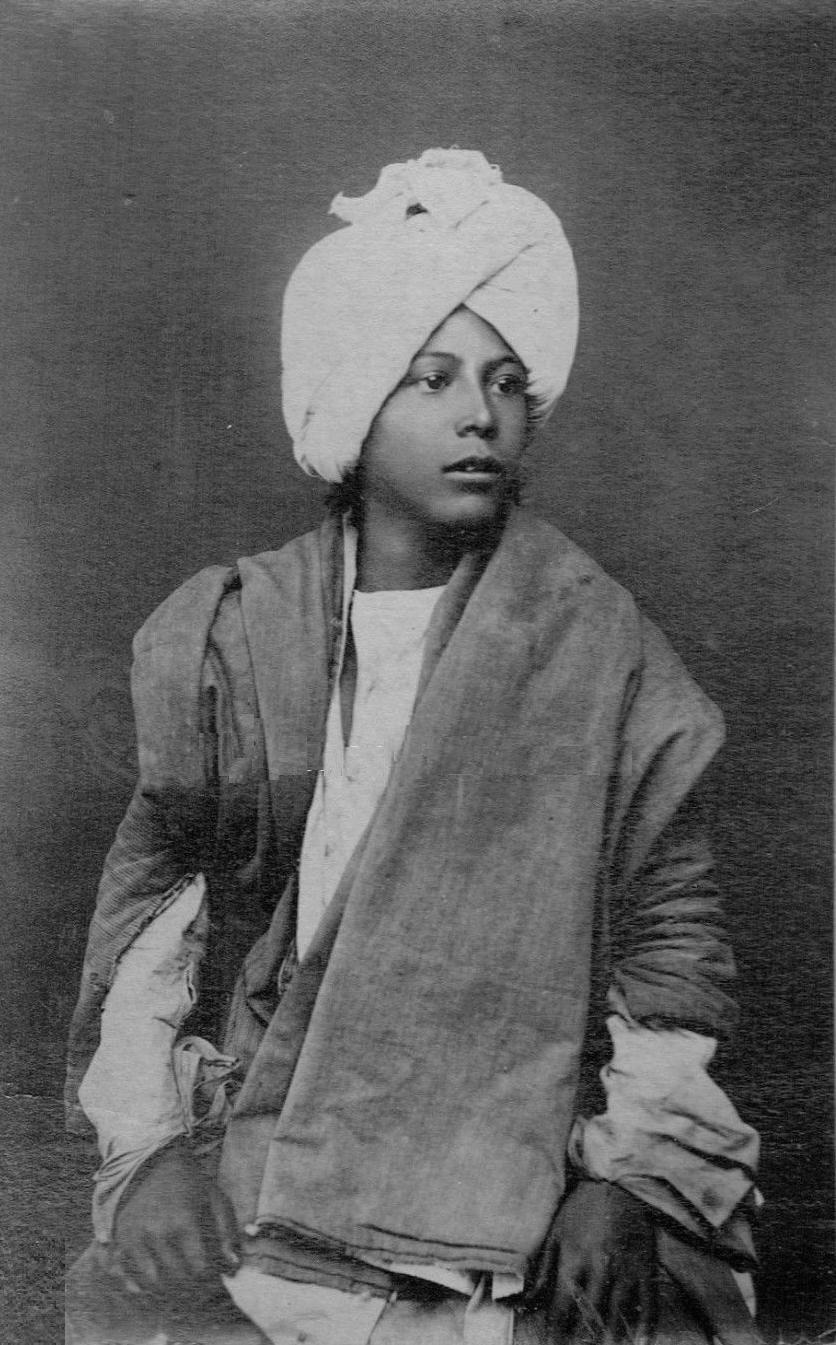
Indian Ethnicity: Afghans/Pashtuns

Figure 1.--This albumen caninet card portrait ws titled, 'Afghan Boy in Mussoorie'. This was a town in northern India. This was not a personal card, but rather one to be sold to Brits for their scrapbooks. It was taken in the 1880s during the British Raj. At the time Afghan was used synonamously with Pashtun.
|
|
There are records of Afghans in India daring back centuries, long before the British rrived in India. modern Afghnistan is located ar some distance from India, even northern India. Today the two countries are separated from each other by Pakistan and Kashmir. The history of India has been strongly influenced by triban people invading northeastern India from what is now Iran and and Afghanistan. Thus Afghans are part of the Induan ethnic mosaic. This was an issue as recently as the British Raj, captured by Rudyard Kipling in his classic novel, Kim. The association with Pakistan is especially strong , but there are still hundreds of communities in India which trace their origins to Afghan/Pashtun ancestors. There are Pashtuns in Indian state of Jammu and Kashmir. The North-Western Frontier Province (now Khyber Pakhtunkhwa) was incorporated into British Raj (late-19th century). Before the creation of modern Afghanistan, the term Afghan in India and Pakistan was used to mean Pashtun which was tghe largest ethnic grou in Afghanistan. Some ethnic Pashtuns have retained their traditional culture in India, but most have integrated into mainstream Indian culture. Thousands of Pashtuns as they were mostly Muslim migrated to Pakistan from India after partition (1947). Hindus and Sikh Pashtuns moved in the other direction. There has been a more recent influk of Pashtuns. The Taliban tht seized control of Afghanistan instituted represive neasures (1980s). They even required Hindus to wars identifying badges. As a result, Hindi and Sikh Pashtuns and even some Muslims fled. Although Pakistan borders on Afghanistan, the non-Muslem refugees mostly tried to reach India. Some 10,000 Phtin refugees are believed to be in India, motly around Delhi. ,
HBC

Navigate the Boys' Historical Clothing Web Site:
[Return to the Main Indian ethnicity page]
[Return to the Main Indian country page]
[Introduction]
[Activities]
[Biographies]
[Chronology]
[Clothing styles]
[Countries]
[Topics]
[Bibliographies]
[Contributions]
[FAQs]
[Glossaries]
[Images]
[Links]
[Registration]
[Tools]
[Boys' Clothing Home]
Created: 7:24 AM 5/3/2017
Last updated: 7:24 AM 5/3/2017



